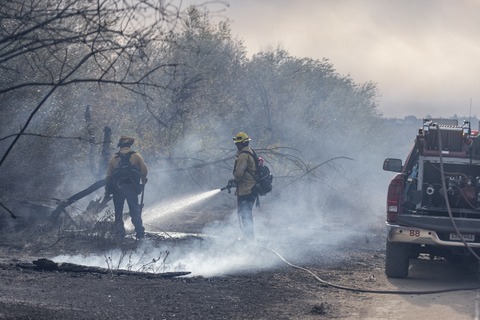Did you know that demand for senior housing in the U.S. is soon going to outpace development? That's what experts at Plante Moran Living Forward concluded after analyzing data from NIC MAP Data Vision.
The main culprit? Slowed construction starts, due to higher capital and construction costs.
That, coupled with Baby Boomers reaching their 80s, may mean there are more people looking to move to senior housing than there are available units.
What Do Boomers Want?
But some Baby Boomers may not want the current senior housing product.
They also may be able to stay their current homes longer due to access to improved home health services and technology. New drugs and treatments may keep them healthier longer. And unless there are more low- and middle-income options, many may not be able to afford senior living.
But many will develop Alzheimer's or other forms of dementia and health conditions that will require a different level of care that senior living offers. And if the government is paying for it, there may be greater incentives to move into senior housing.
Planning Ahead
So, are providers and developers just going to sit back and wait until costs ease to take advantage of the opportunity to build new communities? I hope not.
They should take Plante Moran's advice and be willing to "take risks and position themselves for growth." They should also be looking at new models for senior living that will appeal to Boomers of all income levels -- like intergenerational communities, university/college-based communities, themed communities, and tiny homes.
That will mean building new communities/housing and/or updating and expanding existing ones. Since almost 44% of the current senior living housing is more than 25 years old, updating and expanding existing communities/housing seems like a no-brainer.
Because unless they are the only game in town, older communities won't be able to complete with newer ones.
Other fun facts from Plante Moran Living Forward's analysis are:
- Providers need to add 51,000 units per year instead of the current 16,000 per year to keep pace with projected demand.
- For profit providers are currently out-developing not-for profits 8:1.
- 90% of for-profit projects are new construction; 67% of not-for-profit projects is expansion.
Go for the Gold
Much like the gold that prospectors sought in the California hills during the Gold Rush in the mid-19th Century, there is great potential and opportunity for innovation and growth in senior living right now. Providers, developers, architects, designers, and product manufacturers should be ready to go for that gold.
P.S. Please do me a favor -- if you liked this post and like this blog, please share it with others by sending them the link or posting it on your LinkedIn, X, or Facebook. Also, don't forget to subscribe, so you'll get emails when new content is posted. Thanks!







